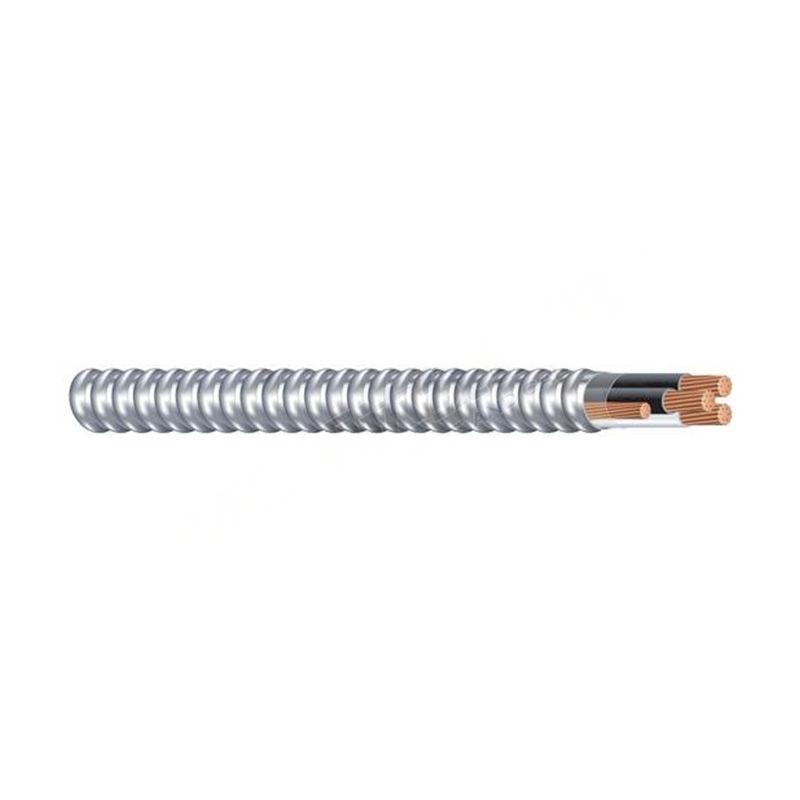Nov . 10, 2024 10:10 Back to list
Understanding the Functionality and Benefits of Swing Type Check Valves
Understanding Swing Type Check Valves
Swing type check valves are essential components in piping systems used for various fluid and gas applications. They are designed to prevent backflow, ensuring that fluids flow in only one intended direction. This article delves into the functionality, design, and applications of swing type check valves, highlighting their significance in modern engineering and industrial settings.
What is a Swing Type Check Valve?
A swing check valve operates based on a simple mechanical principle— a disc that swings open to allow flow through the valve, and closes against a seat to prevent backflow. This design is straightforward yet effective, making it one of the most commonly used check valves in water supply, wastewater treatment, and industrial applications.
The key components of a swing check valve include the body, the disc (or flap), a hinge or pivot, and the seat. The valve's body is typically made from materials like cast iron, stainless steel, or plastic, depending on the application and the properties of the fluid being transported. The disc, which is connected to the body via a hinge, swings open when the flow direction is correct and closes tightly when flow reverses.
Working Principle
The operation of a swing type check valve relies heavily on the kinetic energy of the flowing fluid. When fluid flows in the forward direction, it pushes the disc upward, allowing unobstructed passage. This movement continues as long as the flow remains steady. However, if the flow decreases or reverses, gravity and backflow pressure cause the disc to swing back, sealing tightly against the seat. This closing action prevents any reverse flow, protecting pumps and other equipment from damage.
Advantages of Swing Type Check Valves
1. Low Pressure Drop Swing type check valves provide a low-pressure drop across the valve when open. This efficiency is particularly advantageous in systems where maintaining pressure is critical.
2. Durability With fewer moving parts compared to other types of check valves, swing check valves exhibit excellent durability and reliability in demanding environments.
3. Simplicity The design of these valves is straightforward, which facilitates installation and maintenance. Many users find them easy to operate and understand, contributing to their popularity.
4. Versatility Swing check valves can be used in a variety of applications, including municipal water supply systems, hydraulic systems, chemical processing, and more. Their versatility allows for integration into various system designs.
Common Applications
swing type check valve

Swing type check valves find applications in numerous industries
- Water Supply and Treatment They are commonly used in water distribution systems to prevent contamination and ensure consistent flow direction, essential for maintaining water quality.
- Pumping Stations In various pumping systems, these valves protect against backflow, which can cause serious damage to pumps and other components in the system.
- Oil and Gas Swing check valves are utilized in various parts of oil and gas pipelines to prevent the backflow of fluids, ensuring safety and operational efficiency.
- HVAC Systems In heating, ventilation, and air conditioning systems, swing check valves help manage the flow of liquids and gases, contributing to energy efficiency and system reliability.
Installation Considerations
When installing swing check valves, a few key considerations should be taken into account
- Orientation Swing check valves should be installed in the horizontal position for optimal performance. Installing them at an angle can impede their operation.
- Flow Direction Always ensure that the valve is oriented correctly according to the specified direction of flow indicated on the valve body.
- Pipe Size and Compatibility It is crucial to select a swing check valve compatible with the pipe size and the type of fluid being transported to ensure efficacy and safety.
Conclusion
Swing type check valves are vital components in fluid control systems, ensuring safe and efficient operation by preventing backflow. Their durable design, low-pressure drop characteristics, and versatility make them a preferred choice in various industries. Understanding the working principles and proper installation guidelines of these valves is crucial for engineers and technicians involved in system design and maintenance. As industries continue to evolve and demand more reliable fluid control solutions, swing check valves will undoubtedly remain integral to engineering practices.
Share
-
Reliable Wafer Type Butterfly Valves for Every IndustryNewsJul.25,2025
-
Reliable Flow Control Begins with the Right Ball Check ValveNewsJul.25,2025
-
Precision Flow Control Starts with Quality ValvesNewsJul.25,2025
-
Industrial Flow Control ReliabilityNewsJul.25,2025
-
Engineered for Efficiency Gate Valves That Power Industrial PerformanceNewsJul.25,2025
-
Empowering Infrastructure Through Quality ManufacturingNewsJul.25,2025